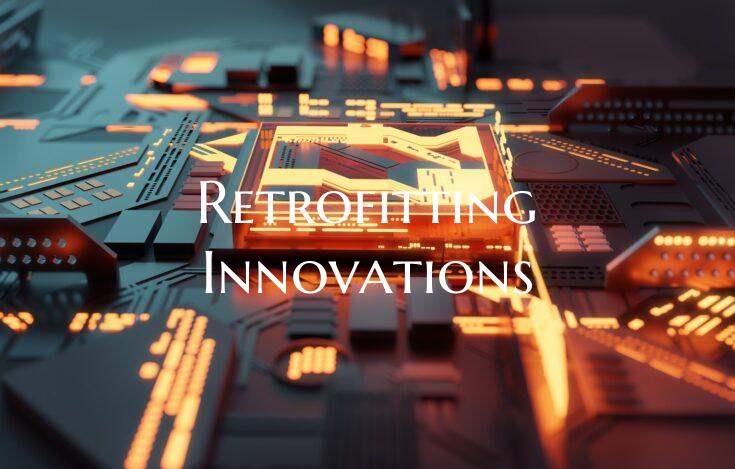Retrofitting Innovations
In a rapidly changing world where environmental concerns are becoming increasingly urgent, the concept of retrofitting innovations has emerged as a practical solution to create a more sustainable future. Retrofitting involves upgrading or modifying existing structures, systems, or technologies to improve their performance, efficiency, and environmental impact. By incorporating innovative retrofitting solutions, we can transform outdated infrastructure into efficient, eco-friendly assets that contribute to a cleaner and more sustainable environment.
One area where retrofitting innovations have a significant impact is in the built environment. Buildings are major consumers of energy and resources, and retrofitting existing structures with energy-efficient technologies and sustainable materials can lead to substantial reductions in energy consumption, greenhouse gas emissions, and operational costs. Innovations such as smart building automation systems, energy-efficient lighting, green roofs, and advanced insulation materials can help improve the overall sustainability of buildings while creating healthier indoor environments for occupants.
Another key area for retrofitting innovations is in transportation. With the rise of electric vehicles and the need to reduce carbon emissions from traditional vehicles, retrofitting existing transportation infrastructure such as roads, bridges, and public transit systems is essential to promote eco-friendly mobility solutions. Integrating electric vehicle charging stations, implementing intelligent traffic management systems, and upgrading public transportation fleets to run on clean energy are just a few examples of how retrofitting innovations can transform the way we move people and goods while reducing our carbon footprint.
Moreover, retrofitting innovations extend beyond the built environment and transportation sector to encompass various industries and processes. From upgrading industrial machinery to improve energy efficiency and reduce waste production to retrofitting outdated manufacturing facilities with sustainable technologies, there are countless opportunities to modernize existing systems and processes to align with environmental sustainability goals.
In conclusion, retrofitting innovations offer a practical and effective way to transition towards a more sustainable future. By repurposing and improving existing assets through innovative solutions, we can minimize resource consumption, reduce environmental impacts, and create resilient infrastructure that meets the needs of present and future generations. Embracing retrofitting innovations is not just a matter of necessity but also an opportunity to drive positive change and build a more sustainable world for all.

